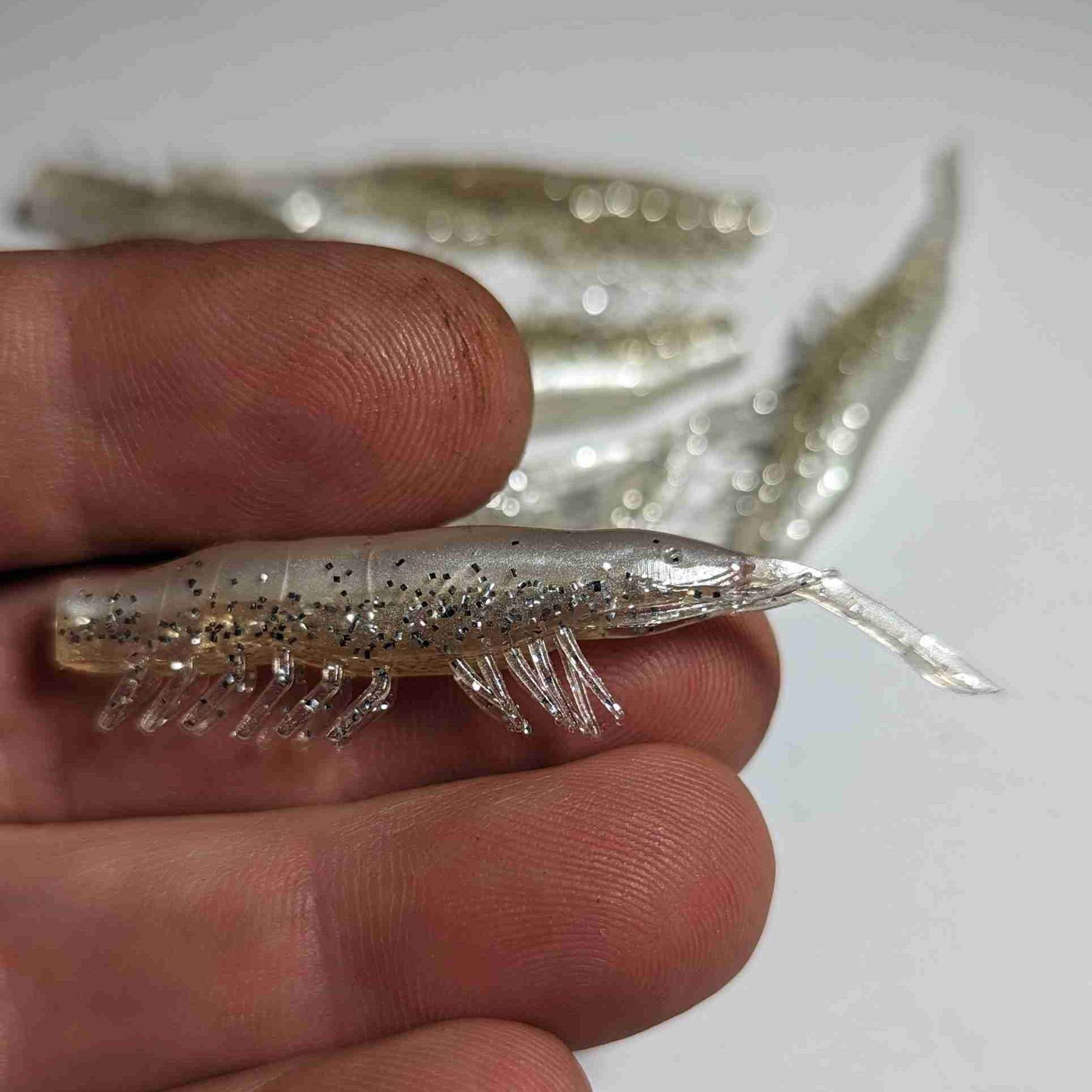
How to Fish Soft Plastics: A Complete Guide for Australian Waters
Why Soft Plastics Are Deadly
Soft plastics have become one of the most effective lure types for Australian anglers. They can imitate prawns, baitfish, worms, and other prey with uncanny realism. The real advantage lies in how versatile they are — the same lure can be worked slowly along the bottom for flathead, flicked through structure for bream, or ripped through midwater for tailor and trevally.
Why they work so well:
-
Natural movement: The tail moves with even the slightest twitch.
-
Customisable action: Retrieve speed, rod tip action, and pauses change the lure’s behaviour.
-
Scent ready: Soft plastics can be coated with scent to encourage bites.
-
Stealth factor: Perfect for clear water and pressured fish.
Rigging for Success
Getting the rig right is critical. A poorly rigged plastic will spin or twist and look unnatural.
Jighead Selection:
-
Shallow/still water: 2–3g jigheads.
-
Deeper water/strong current: 5–7g to hold bottom.
-
Use the lightest weight that still gets the lure down — lighter jigheads mean longer hang time in the strike zone.
Hook Size:
-
The hook point should exit through the centre of the back, with the lure sitting straight.
-
Too large kills the action; too small risks missed hook-ups.
Loop Knots:
-
Tie a small loop (1–2mm) so the lure can swing freely and move naturally.
Leader Choice:
-
8–12lb fluorocarbon for general estuary work.
-
Drop to 6lb for spooky bream in clear water.
-
Go heavier for toothy species like tailor.
Core Retrieval Techniques
-
Double Hop
-
Cast out, let the lure hit bottom (watch for the slack in your line to drop).
-
Lift the rod tip twice in quick succession.
-
Recover slack as it sinks back down.
-
Imitates a fleeing prawn or startled baitfish.
-
-
Slow Roll
-
Steady retrieve with the rod tip low.
-
Great for paddle-tail plastics to mimic a baitfish swimming.
-
-
Hybrid Retrieve
-
Combine hops, pauses, and slow rolls in one cast.
-
Use when fish are hesitant or the bite is slow.
-
-
Whip Retrieve (paddle tails & shads)
-
Short, sharp rips make the tail kick hard.
-
Triggers reaction bites, especially in cooler months.
-
Pro Tip: Keep an eye on the belly of your line — you’ll often see bites before you feel them.
Matching Retrieve to Conditions
Soft plastics shine when you match your approach to the environment:
-
Runout Tide:
-
Focus on drop-offs and channels where bait is funnelled out.
-
Cast uptide and let the lure drift naturally back with the current.
-
-
Clear Water:
-
Go lighter on leader, slower on retrieve, and add pauses.
-
-
Dirty Water:
-
Use scent and more aggressive rod movements to help fish find the lure.
-
-
Windy Conditions:
-
Heavier jigheads help maintain contact with the lure.
-
Watch the line belly closely to detect when it hits bottom.
-
Lure Styles and How to Work Them
Different tail designs excel in different situations:
Curly Tails
-
Swim naturally with minimal movement.
-
Best for slow, finesse presentations near the bottom.
-
Effective for bream, flathead, whiting.
Paddle Tails (Shads)
-
Vibrating tail movement mimics baitfish.
-
Work well with both slow rolls and more aggressive lifts.
-
Great for covering water and targeting active feeders.
Stick Baits (Flukes)
-
No built-in action — movement comes entirely from the angler.
-
Short, sharp rod flicks imitate an injured baitfish.
-
Deadly in structure for bream, bass, and estuary perch.
Small Habits, Big Results
-
Check Leader Frequently: Even small fish can scuff line. Retie if damaged.
-
Stay Mobile: If nothing’s happening in 15–20 minutes, change location or technique.
-
Visualise the Lure: Picture what it’s doing under the water. Are you imitating prey, or just dragging plastic?
-
Cast Back After Missed Strikes: Many fish will return for a second shot.
Recommended Gear for Soft Plastics Fishing
Final Word
Fishing soft plastics isn’t just about casting and winding. It’s about understanding how fish feed, how water movement positions them, and how to keep your lure in the strike zone long enough to tempt a bite. By refining your rigging, matching your retrieve to the conditions, and developing the habit of visualising what’s happening beneath the surface, you’ll turn more casts into hook-ups.

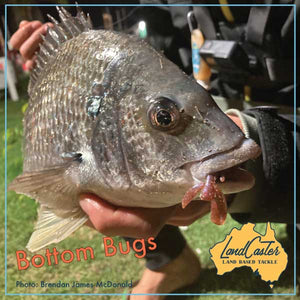
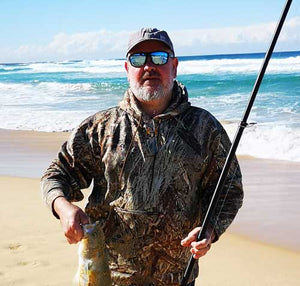
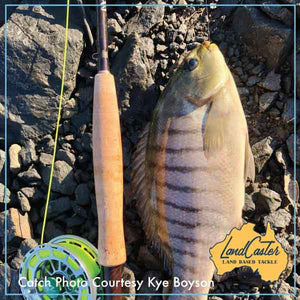
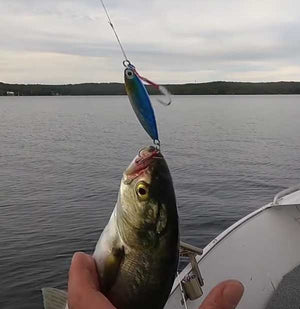

Leave a comment